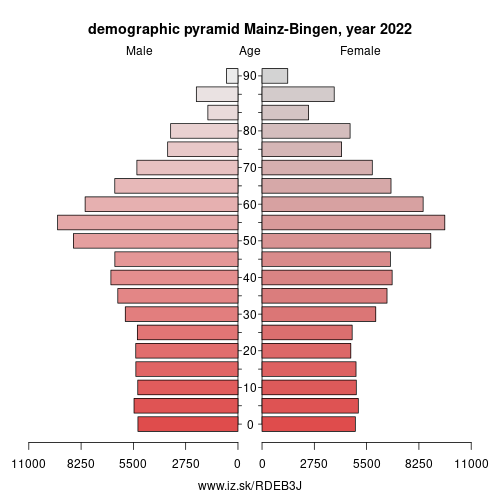- About us»
- Net income calculator»
- Population aging»
-
- Least developed regions»
-
- Average wage
- Material need benefits
- Meal allowance
- Counties of Slovakia
- Inflation
- Living and Subsistence Minimum
- Unemployment of Czechia and Slovakia
- NACE Classification
-
- Life expectancy
- Gender differences
- Youth unemployment and NEET
- Minimum wage in EU
- Unemployment rates of different age groups
- Share of salaries on GDP
- Long term unemployment
- NEET
- Unemployment rate
- Percentage of employees ususally working at nights
- Employment rate
-
- Bratislava and surroundings
- Kopanice
- Danube river
- lower Vah river
- middle Vár river
- upper Nitra river
- lower Nitra river
- Mining cities
- Kysuce a Orava
- upper Vah river - Liptov
- Spiš cities
- upper Hron river
- Juhoslovenská kotlina
- Košice fold and Torysa river
- upper Zemplín
- lower Zemplín
- EU regions
- NUTS3 regions of Slovakia
- LAU1 dataset
-
- Projects and activities
- Inclusive growth»
- Good work
- Project SKRS
- Social system – reality and vision
- Library
-
- Education of unemployed
- Young unemployed not taking part in education
- Proposal to change the system of education funding
- News»
- Contact
Mainz-Bingen district – DEB3J
EU regions: Germany > Rhineland-Palatinate > Rheinhessen-Pfalz > Mainz-Bingen district

| Indicator | Period | Value |
|---|---|---|
| Gross domestic product | ||
| GDP per capita in PPS of EU average | 2022 | 114 |
More on wikipedia wikidata Q8569 on OpenStreetMap Mainz-Bingen district slovensky: DEB3J
Demographics
| Indicator | Period | Value |
|---|---|---|
| Demographics | ||
| number of inhabitants | 2024 | 206 220 |
| population density | 2023 | 348.6 |
| old-age dependency ratio | 2024 | 35.7 |

From Wikipedia: Mainz-Bingen is a district (Kreis) in the east of Rhineland-Palatinate, Germany. Neighboring districts are (from north clockwise) Rheingau-Taunus, the district-free cities Wiesbaden and Mainz, the districts Groß-Gerau, Alzey-Worms, Bad Kreuznach, and Rhein-Hunsrück.
History
During the French occupation under Napoleon the district was part of the departement Donnersberg (fr.:Mont-Tonnerre). After the Congress of Vienna, the area north of the Nahe river went to the Prussian Rhine province, the biggest part however became part of the Grand Duchy of Hesse and was called Rhenish Hesse. In 1835 the Mainz district was created when the province Rheinhessen was abolished. In 1852 the Oppenheim district was created, and took some of the area of the Mainz district; in 1938 this district was abolished again. The current area of the district was formed in 1969, when the districts of Mainz and Bingen were merged.
Geography
The main river in the district is the Rhine, which marks the border of the district to the east. In Bingen the river Nahe enters the Rhine, after flowing a short part through the district. The flanks of the Hunsrück mountains in the west of the district to the Rhine valley are used for wine production.
Other: Rheinhessen-Pfalz, Ludwigshafen, Speyer, Worms, Zweibrücken, Bad Dürkheim, Donnersbergkreis, Germersheim, Kaiserslautern, Südliche Weinstraße, Kaiserslautern, Mainz, Neustadt an der Weinstraße, Pirmasens, Südwestpfalz, Kusel, Frankenthal, Rhein-Pfalz, Alzey-Worms district, Landau in der Pfalz, Mainz-Bingen district
Neighbours: Groß-Gerau, Bad Kreuznach, Wiesbaden, Rhein-Lahn-Kreis, Mainz, Rheingau-Taunus-Kreis, Rhein-Hunsrück-Kreis, Alzey-Worms district
Suggested citation: Michal Páleník: Europe and its regions in numbers - Mainz-Bingen district – DEB3J, IZ Bratislava, retrieved from: https://www.iz.sk/PDEB3J, ISBN: 978-80-970204-9-1, DOI:10.5281/zenodo.10200164

 Share
Share Facebook
Facebook Twitter
Twitter News
News